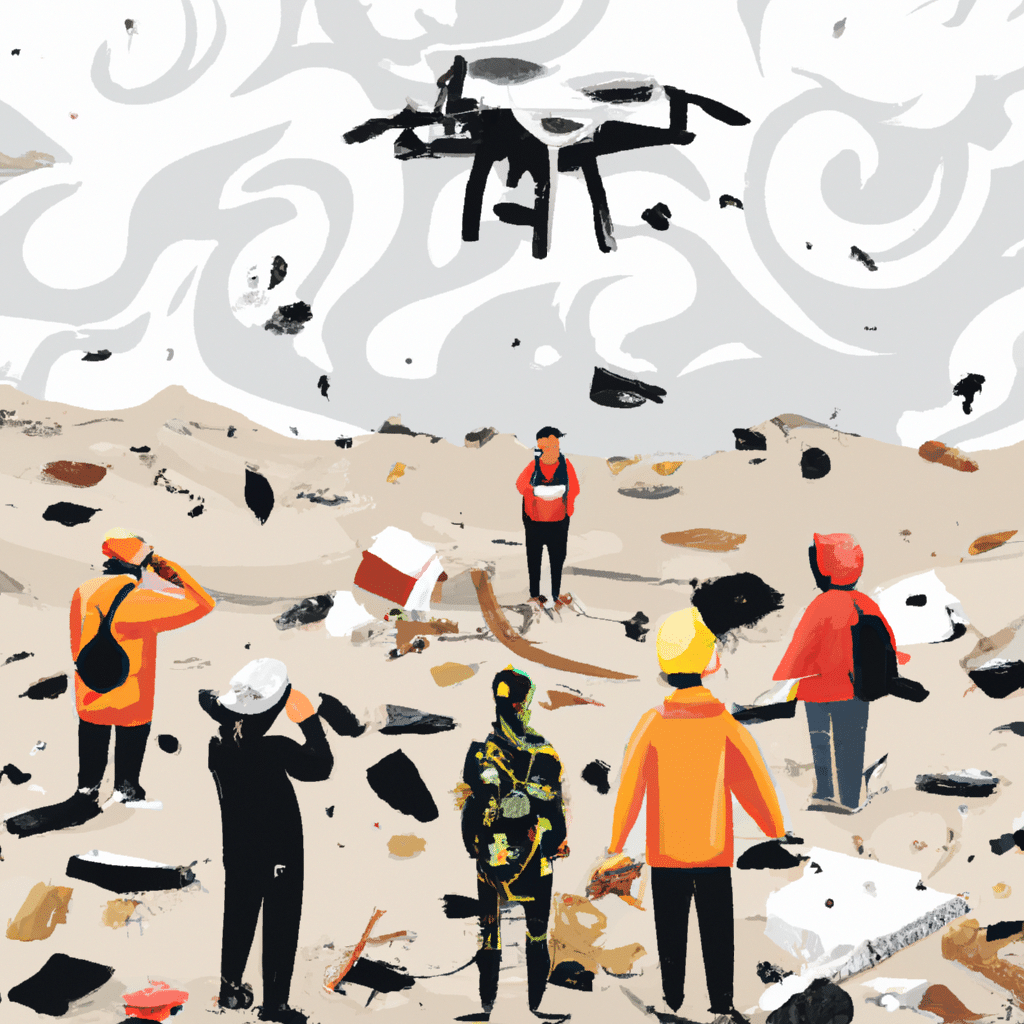The use of AI in Improving Disaster Relief Efforts
Disasters are unpredictable and can happen to anyone, anywhere, at any time. The aftermath of a disaster can be devastating, leaving people homeless, injured, and traumatized. Disaster relief efforts are crucial in providing immediate assistance, medical aid, and basic necessities to affected communities. However, the effectiveness of disaster relief efforts depends on how quickly and efficiently they are delivered. This is where the use of Artificial Intelligence (AI) comes in.

What is Artificial Intelligence?
Artificial Intelligence refers to the ability of a machine or computer to perform tasks that typically require human intelligence. AI algorithms can analyze data, identify patterns, and make predictions based on that data. AI can be used in various industries, including healthcare, finance, and transportation. In disaster relief efforts, AI can be used to improve response times, identify areas of need, and deliver aid to those who need it most.
How can AI improve disaster relief efforts?
-
Quick Response Time: One of the biggest challenges in disaster relief efforts is the time it takes to respond to an emergency. AI can help reduce response times by analyzing data from various sources, including social media, news reports, and satellite imagery. This data can be used to identify areas that have been affected by a disaster and prioritize response efforts.
-
Identifying Areas of Need: AI can be used to analyze data from various sources to identify areas that require immediate assistance. For example, AI algorithms can analyze satellite imagery to identify areas that have been destroyed or flooded. This information can be used to prioritize relief efforts and ensure that aid is delivered to those who need it most.
-
Delivering Aid: AI can be used to deliver aid to affected communities. For example, drones equipped with AI technology can be used to deliver medical supplies, food, and water to areas that are difficult to reach. Additionally, AI can be used to track the delivery of aid to ensure that it reaches the intended recipients.
-
Predicting Future Disasters: AI can be used to analyze data and identify patterns that may indicate an impending disaster. For example, AI algorithms can analyze weather patterns and alert authorities of potential natural disasters. This information can be used to prepare for and mitigate the impact of future disasters.
Examples of AI in disaster relief efforts
-
IBM’s Call for Code: IBM’s Call for Code is a competition that encourages developers to create innovative solutions for disaster relief efforts. The competition focuses on using AI, cloud, and blockchain technologies to improve disaster response times and aid delivery.
-
Project Owl: Project Owl is a startup that uses AI-powered mesh networks to provide communication during disasters. The network can be deployed quickly and provides a reliable means of communication when traditional communication channels are disrupted.
-
Disaster Prediction and Response Network: The Disaster Prediction and Response Network is a project that uses AI to predict and respond to disasters. The network uses sensors, drones, and other technologies to collect data and analyze it in real-time. This information is used to respond to disasters quickly and efficiently.
Conclusion
is a promising development. AI can help reduce response times, identify areas of need, and deliver aid to those who need it most. Additionally, AI can be used to predict future disasters and prepare for them. As AI technology continues to develop, we can expect to see even more innovative solutions for disaster relief efforts.












